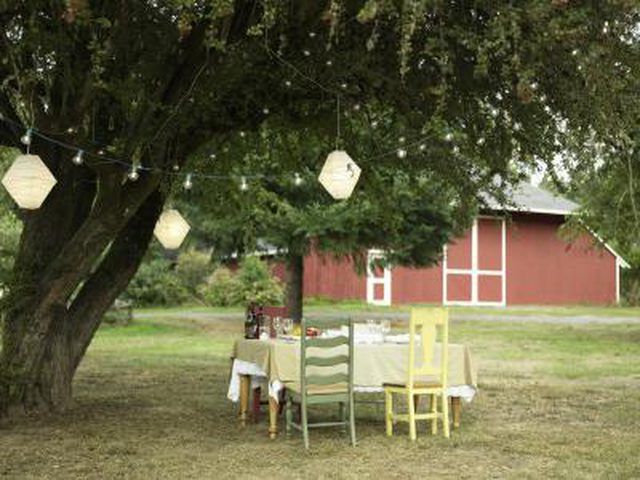Bulbs
Flower Basics
Flower Beds & Specialty Gardens
Flower Garden
Garden Furniture
Garden Gnomes
Garden Seeds
Garden Sheds
Garden Statues
Garden Tools & Supplies
Gardening Basics
Green & Organic
Groundcovers & Vines
Growing Annuals
Growing Basil
Growing Beans
Growing Berries
Growing Blueberries
Growing Cactus
Growing Corn
Growing Cotton
Growing Edibles
Growing Flowers
Growing Garlic
Growing Grapes
Growing Grass
Growing Herbs
Growing Jasmine
Growing Mint
Growing Mushrooms
Orchids
Growing Peanuts
Growing Perennials
Growing Plants
Growing Rosemary
Growing Roses
Growing Strawberries
Growing Sunflowers
Growing Thyme
Growing Tomatoes
Growing Tulips
Growing Vegetables
Herb Basics
Herb Garden
Indoor Growing
Landscaping Basics
Landscaping Patios
Landscaping Plants
Landscaping Shrubs
Landscaping Trees
Landscaping Walks & Pathways
Lawn Basics
Lawn Maintenance
Lawn Mowers
Lawn Ornaments
Lawn Planting
Lawn Tools
Outdoor Growing
Overall Landscape Planning
Pests, Weeds & Problems
Plant Basics
Rock Garden
Rose Garden
Shrubs
Soil
Specialty Gardens
Trees
Vegetable Garden
Yard Maintenance
The Best Time to Plant Grass Seed in Indiana
The Best Time to Plant Grass Seed in Indiana. Successfully planting grass seed in Indiana's changeable climate can be a challenge. Wet, cold springs can prevent you from seeding early in the year, and seeding too late can subject new grass to harsh summer heat. Consequently, the ideal window for sowing grass seed in the state is very narrow.

Successfully planting grass seed in Indiana's changeable climate can be a challenge. Wet, cold springs can prevent you from seeding early in the year, and seeding too late can subject new grass to harsh summer heat. Consequently, the ideal window for sowing grass seed in the state is very narrow.
Cool-Season Grasses
The cool-season grasses that work best as turf grasses in Indiana grow actively in the spring and fall, when temperatures are cool and rainfall is frequent. During the warmest, driest parts of the summer, these grasses go dormant to protect themselves from environmental stresses. The vulnerability of these grasses to heat and drought stress also determines the best time to seed them.
Kentucky bluegrass (Poa pratensis) is a cool-season grass that is commonly used as a turf grass in Indiana. It is winter-hardy in U.S. Department of Agriculture plant hardiness zones 2 to 7, so it is well-suited to Indiana, which falls into USDA zone 5b in the north and zone 6 in the south. Tall fescue (Festuca arundinacea), which is also hardy in USDA zones 2 to 7, is another good choice for Indiana. Fine fescues (Festuca spp.) are sometimes used in mixtures with Kentucky bluegrass; fine fescues are also hardy in USDA zones 2 to 7.
Summer Seeding
In Indiana, sowing grass seed in the late summer, after the season's peak heat has passed, gives the grass the best chance of successful establishment. Seed will germinate better as the weather begins to cool, and late-summer and fall rains will give the seedlings more of the moisture they need to survive.
In the northern third of the state, the optimal time to plant is around the middle of August. In central Indiana, the third week of August is best, and in the southern third of the state, planting at the end of August or the beginning of September works well.
Seeding before these dates is not a good idea because the hot, dry conditions of midsummer are extremely stressful for young seedlings.
Spring Seeding
In some cases, such as when you're overseeding a thin lawn or trying to establish turf in new construction, it's tempting to sow grass seed early in the year. Seeding in the spring is unlikely to be successful in Indiana, however. Frequent spring rains often keep the ground wet and delay good seeding conditions until April or later, and seeding in the late spring is likely to expose grass seedlings to the heat and drought of early summer.
Dormant Seeding
An alternative to spring seeding is called dormant seeding. In this process, grass seed is sown very early in the spring, or even the winter, while temperatures are still low and the ground is still frozen. The seed remains dormant until the ground temperature warms, and then the early-germinating seed gets a head start on the growing season.
In Indiana, the best time for dormant seeding is any time from late November to early March. In the southern part of the state, dormant seeding may fail if warm periods during the winter cause the seed to germinate too early; in these cases, the seedlings will die when the weather turns cold again.